
Stewardship Caring for Organisms & Habitats

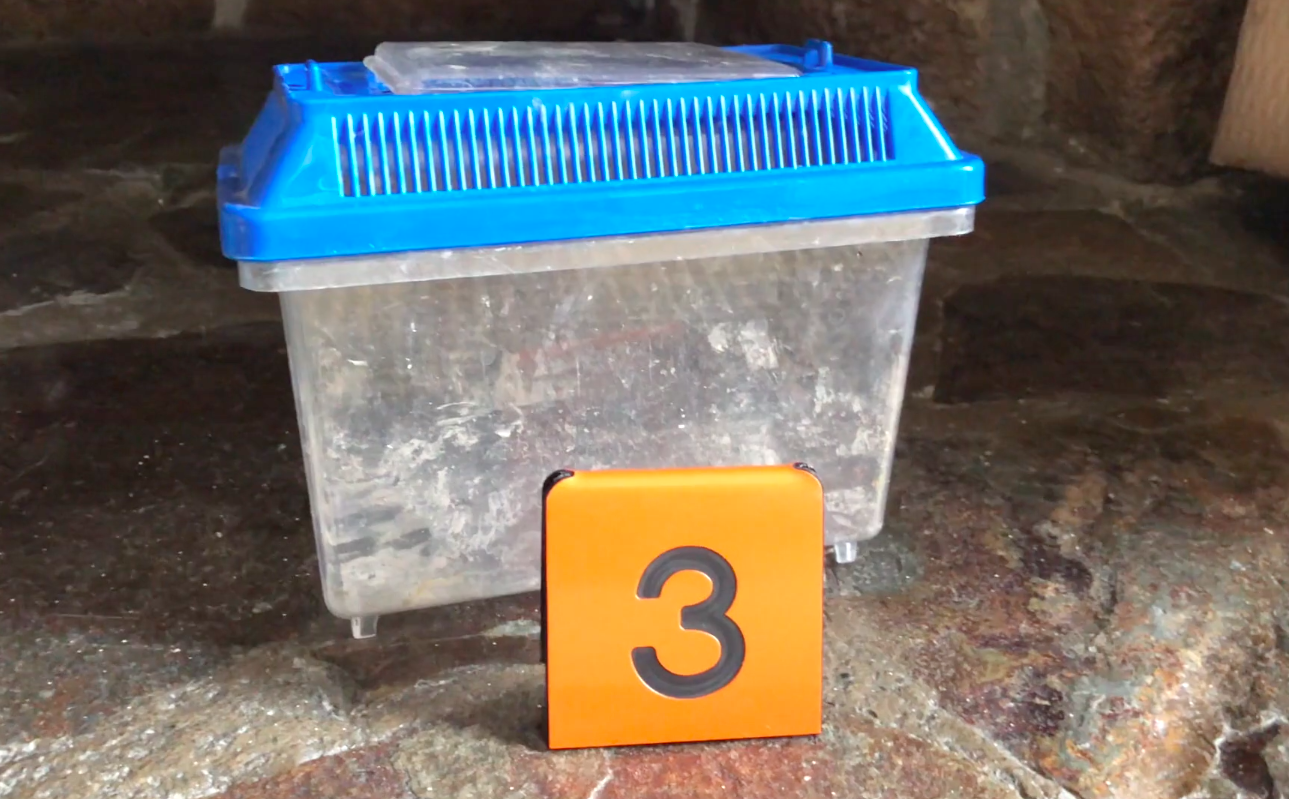
Stewardship Objectives
- Define stewardship including how it can relate safety considerations.
- Explain how stewardship relates to responsible animal care and handling.
- Describe and provide examples of various ways humans interact with other animal species.
Stewardship is defined as taking care of something or someone. It implies responsibility for others.
In the context of this course, we ask that you follow the following stewardship principles:
-
Minimize negative impacts on animals, including observing instead of collecting whenever possible.
-
Minimize negative impact on habitats by keeping to trails if available, and removing any garbage.
-
Minimize negative impact on other people by including their safety and well-being in your procedures.
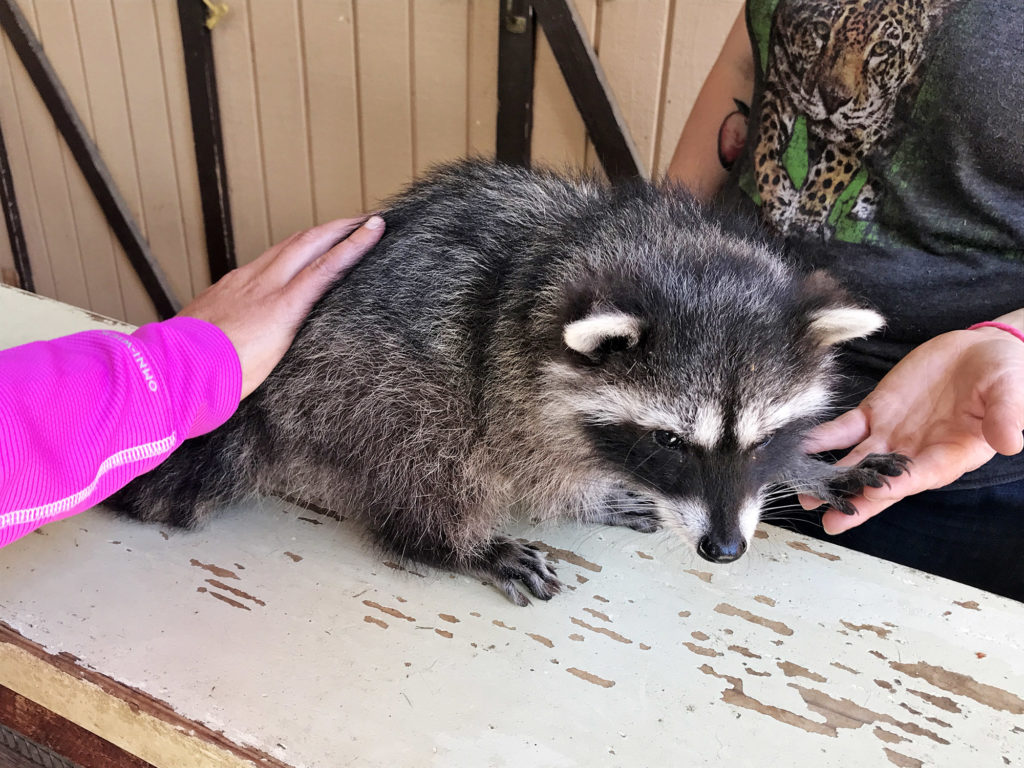
Safety is related to stewardship. During this video, think about how safely handling dog scat (fecal material) is a form of stewardship for other dogs and possibly people.
Let’s take a closer look at stewardship in action with the care of crickets. There are many cricket species, if you find them is the pet store they are most often being sold as food for reptile pets. An adult bearded dragon can eat 30 large crickets a day. However, there is a long history of crickets themselves being kept as pets.
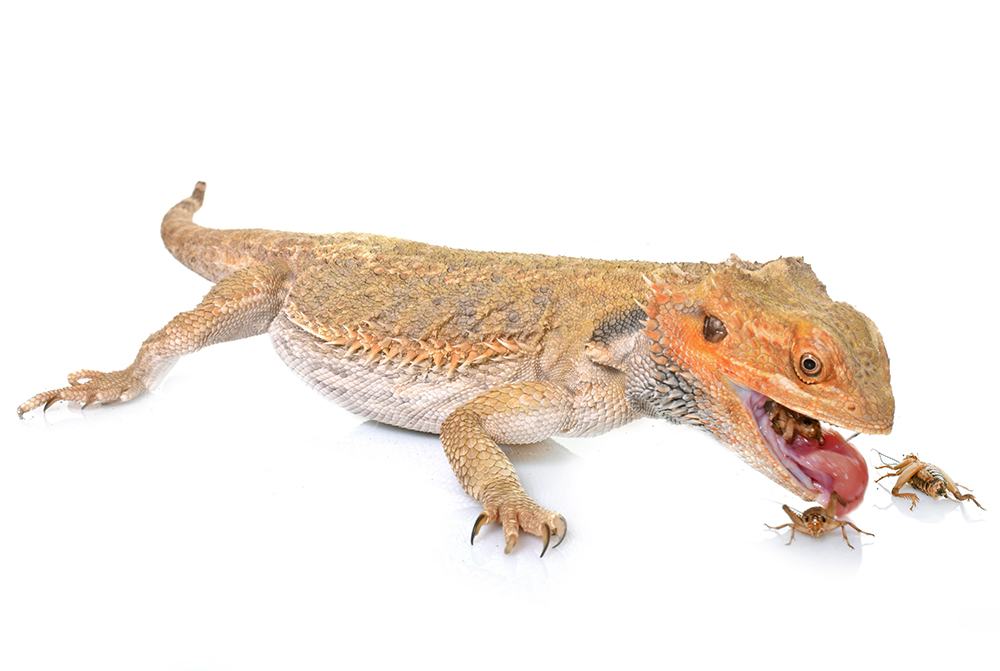
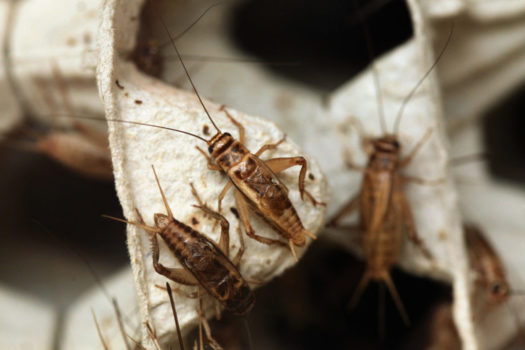
Deciding to keep crickets as pets, or to breed as animal food, requires providing adequate heat, a clean enclosure, cover or hiding places, reduced noise/vibration, air ventilation, moisture, and food.
Crickets can be purchased cheaply from pet stores or online pet shops. Wear gloves or gently pour into their habitat. Crickets have the potential to transmit a small group of pathogens to humans and they can cause dermatitis (skin inflammation). Pets are typically to handle or just to observe; these are animals to observe.
Since crickets can jump a foot or more into the air, move them between habitats in a tub or deep sink, if possible. Many are now infected with a paralysis-causing virus that does not transmit to humans, but can infect some other insect species. Keep your crickets and their materials away from any other insect pets.
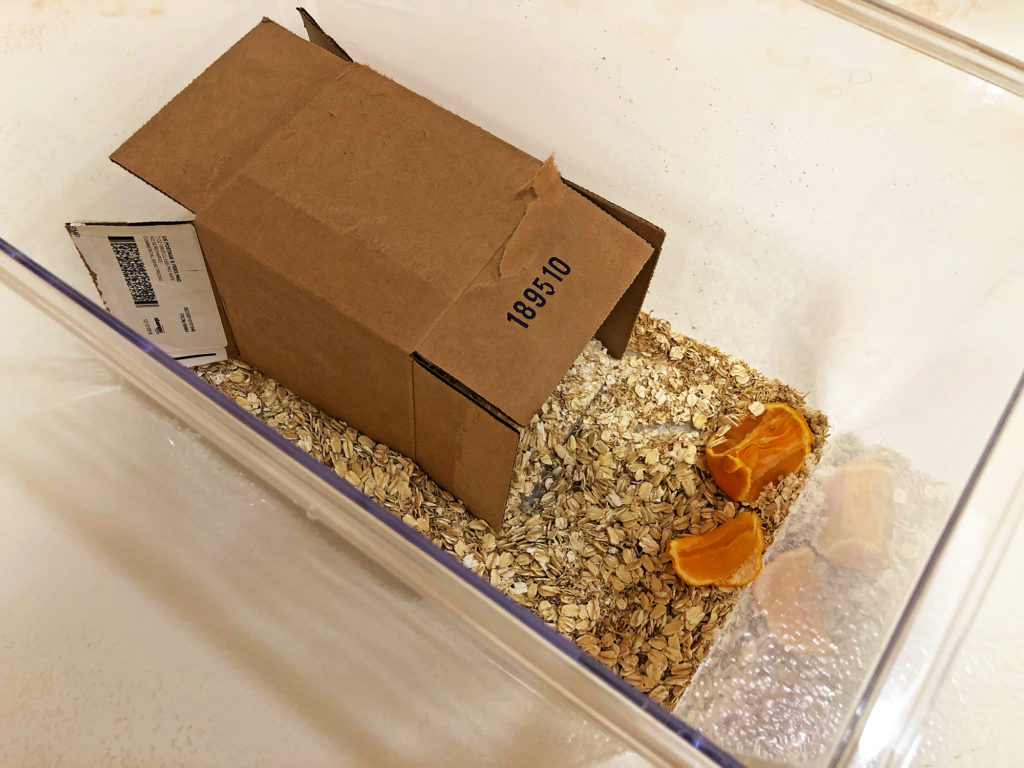
These crickets were just released into their new habitat. Watch their reaction to the moisture (oranges) and food (oatmeal bedding).
Crickets are an excellent model for animal biology: they have interesting observable structures, and distinct observable behaviors, including elaborate social behaviors. We will use them repeatedly in this course.
Do you have any idea of the type of behavior occurring between the two crickets approximately 10 seconds into the video?
One of the challenges in studying animals, is that it can can be easy to anthropomorphize, assume that animal behaviors and motivations are similar to humans.
We interact with animals based on many ways of understanding, not just science, so it is perfectly fine to say “those crickets are mad at each other,” or “what a sweet puppy.” In science exploration, we try to step outside of our assumptions and collect data to either back up or refute what we think could be happening. That is easier said than done.
Human & Other Animals
Take a moment and look around where you are.
How many examples of animal-related objects (other than human) do you observe? It can be food, clothing, advertisements, and more.
Over the course of a day, make note of every time you observe an animal-related object. It could be birds in the sky, musk scent in a perfume, a dog in a park, a tiger on a billboard advertisement. You may be astonished by the length of your list.




Humans have historically had many uses for animals, especially as a source of food, fiber, and labor.
Human Uses of Animals

Food
Although humans have largely been herbivores (eating plants) outside of the coldest and hottest ecosystems, animal consumption has increased globally in the past century.

Fiber
Fibers, animal hairs, have been used extensively in human clothing and bedding. Sheep, llama, and alpaca have been bred for hairs with particular qualities.

Labor
Horses, donkeys, and ox have played a key role in agriculture for over 1000 years. Although agriculture has become more mechanized in the past 150 years, animal labor is still significant globally.

Entertainment
Humans have kept other animals as pets for centuries, but the practice has become more common in the past century. In some cases, people describe pets as family members.
There are a variety of other less common direct uses of animals including tissue used as fuels (whale blubber) and organs as sources of medicine or perfume ingredients.
But animals also play an important indirect role in human survival. This means we do not directly use or control the animals, but they are still important to use.
Try to come up with two examples of animals being indirectly important to humans.
How did you do? There are a wide variety of indirect uses, including pollination and parasite control.

Pollination
Bee, butterflies, and some birds, flies, and moth are critical in pollinating many plants. Soybeans, a key human food, are dependent on bee pollinators.

Parasite Control
Small lady beetle (ladybug) adults can eat dozens of aphid plant parasites a day. Birds and spiders can reduce disease-carrying mosquito populations.
We live across the road from cows; it’s the same for many people in the world, there are now close to 1.5 billion cows on Earth.
Cows are bred for large muscles as a human food (meat), but almost every part of cows are used, including cow skin (cowhides) as clothing, and brain/spinal cord as a filler in pills.
Some cow breeds, bred for strength, have been used as a labor animal for centuries.
Cows (also called cattle) have the scientific name Bos taurus, and descended from large wild cattle of Europe, Asia, and North Africa.


Cows ferment plant material in their stomachs. There are now so many cows on Earth, the methane they produce (through belching) is considered to be a significant greenhouse gas. These are the gases, including carbon dioxide, that impact climate.
In the next section we’ll examine the process of artificial selection and compare it to natural selection.

Check your knowledge. Can you:
- define stewardship including how it can relate safety considerations?
- explain how stewardship relates to responsible animal care and handling?
- describe and provide examples of various ways humans interact with other animal species?




